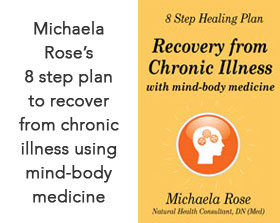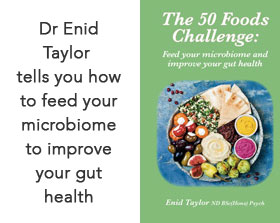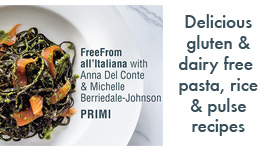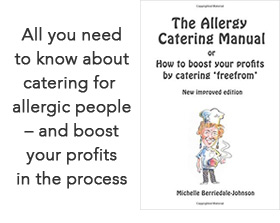|
|
Food Standards Agency Raw milk consultation – April 2014 |
|
Michelle Berriedale-Johnson listened in. |
Everyone, including the regulators, agree that the current situation regarding raw (unpasteurised) milk is ridiculous. As of now, raw goat, sheep, buffalo or any other animal milk can be sold anywhere but raw cow's milk can only to be sold from the gate of the farm on which it was milked. (Raw cow's milk cheeses can be sold anywhere but that is because the pathogens believed to be harmful in raw milk have been neutralised by the cheese making process.) The Food Standards Agency has, therefore, been carrying out a literature review and various consultations with a view updating the regulations; the public consultation on 31st March was one of the last stages in this process. The Agency is suggesting four options: As it stands at the moment, raw milk production is highly regulated and raw milk farms are regularly inspected. No doubt partly as a result of this tight regulation, standards of hygiene etc are extremely high and incidences of food poisoning that can be attributed to raw milk are effectively non existent. In fact, as Philip Ridley of the Campaign for Real Milk pointed out, controls are far stricter than for other 'raw' foods such as oysters, steak tartare or salads which remain almost totally unregulated and frequently do cause outbreaks of food poisoning. No one, especially not the farmers, wants any loosening of this regulation. They regard it as an excellent thing for their industry in that it provides first class protection for their customers. However, what they do want is a loosening of the restrictions on where and how they can sell their milk while still maintaining full control over it. So, for example, they want to be able be sell it from vending machines or through other retail outlets which are not physically situated on their farms. Supporters of raw milk are also keen for it to be more widely available as they believe it to be totally safe and a far better source of nutrients than pasteurised milk. Totally safe both because of its safety record over the last 20 odd years – no deaths and the only illness reported were from milk from unregistered and therefore unregulated herds. Moreover they believe that the beneficial bacteria to be found in raw milk are more than able to combat the pathogens also found in all milks – and they quote studies in which raw milk has been inoculated with pathogens which have dramatically declined once they come into contact with the raw milk. More nutrient rich as the heat treatment of pasteurisation is known to destroy nutrients such as vitamin C. Moreover the richer mix of bacteria in raw milk is thought to aid the digestion of both lactose and casein while adding to a richer human microbiota. Supporters quote numerous studies which suggest that children brought up on farms drinking raw milk suffer from significantly less asthma and other allergies than children brought up on pasteurised milk. Ranged against raw milk and in favour of universal pasteurisation was a somewhat limp lady from Dairy UK and the rather more robust Professor Sarah O'Brien of the Advisory Committee on the Microbiological Safety of Food. Professor O'Brien emphasised that their job was to minimise the risk to human health from pathogens (campylobacter, listeria, salmonella etc), be they in milk or in other food to be consumed by humans. As far as her committee was concerned, the most effective way to do that was to destroy those pathogens – and the most effective way to destroy them was to pasteurise. She pointed out that the dairy industry was in fact extremely safe in terms of food poisoning and that the only occasions when there had been outbreaks of illness was when the pasteurisation process had failed – thus, de facto, meaning that those who got sick had drunk raw milk. However, as was quickly pointed out from the floor, standards of hygiene in ordinary dairy farms are significantly lower than those in farms selling unpasteurised milk, so these incidences of food poisoning were more likely to be attributable to poor farm hygiene than to anything else. Professor O'Brien was not prepared to consider the possibility that the beneficial bacteria in raw milk combined with high hygiene standards on raw milk farms might deliver a pathogen-free but nutritionally more desirable milk than pasteurisation. Although I could not stay to the end of the meeting, the impression I got was that the Agency was leaning strongly towards their own preferred option 4 and that the regulation changes were likely to meet most of the raw milk suppliers quite modest demands Watch this space... April 2014 Update – July 2014 Posting from the Food Standards Agency to the effect that they will be looking at the feasibility of installing raw milk vending machines in shops which are not on farm premises.
Click here for more articles on the management of cow's milk allergy Back to top |










